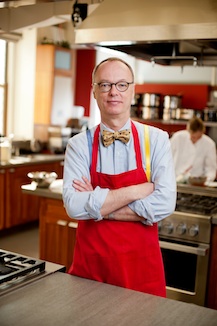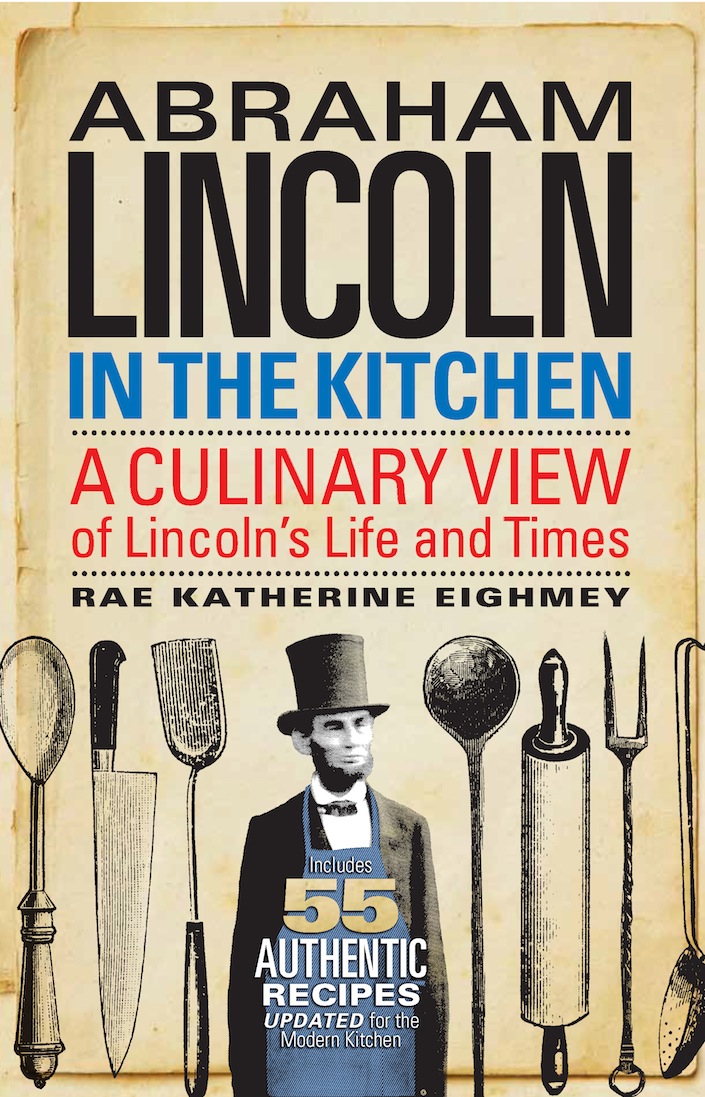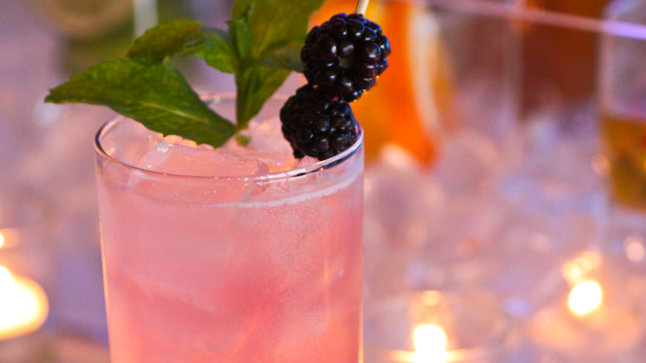By Jeffrey Steen | Managing Editor
… Bullipedia and the elBulli Foundation will grow, and contributions will ensure that the world of haute cuisine will not remain locked in ivory towers and many-starred kitchens. It will be of all, and for all.
When the doors closed on legendary elBulli restaurant in Spain in 2011, the world held its breath. Small and prohibitively expensive, it had nonetheless served as proofing ground for dozens of culinary innovations, including the small plate molecular gastronomy of world-renowned Chef Ferran Adrià. Over the last several decades, the man and the concept became one: a pinnacle of culinary genius and, what UK newspaper The Guardian dubbed, “the most imaginative generator of haute cuisine on the planet.”
Though chefs of all caliber ebb and flow, a talent like Adrià was not wont to rest in the shadows when service halted at elBulli. Instead, he took his years of innovation and replaced the restaurant with a foundation—a study of culinary arts, past and present.
Little surprise, then, that 2014 saw Adrià at the world’s foremost meeting of culinary minds—a conclave of journalists and food personalities at the newly-unveiled Abadía Retuerta Le  Domaine, a 900-year-old abbey and winery converted into a hotel near Valladolid, Spain. The conclave was mostly Adrià’s creation—an inspiration that came from the hotel’s esteemed managing director, Andrés Araya, and the hotel’s top chef, Andoni Luis Aduriz. The idea was simple: pay homage to the last 20 years of culinary progress while simultaneously making the world aware of a stunning new destination.
Domaine, a 900-year-old abbey and winery converted into a hotel near Valladolid, Spain. The conclave was mostly Adrià’s creation—an inspiration that came from the hotel’s esteemed managing director, Andrés Araya, and the hotel’s top chef, Andoni Luis Aduriz. The idea was simple: pay homage to the last 20 years of culinary progress while simultaneously making the world aware of a stunning new destination.
Over the course of two well-fed, sumptuous days inside Le Domaine, 15 decorated journalists from countries near and far talked gastronomy. “Ferran wanted to hear what people thought of the last 20 years of culinary growth in their respective countries,” Araya explains. “He really wanted to collect these thoughts as material to inform the elBulli Foundation.”
From waxing about watershed events that influenced the development of cuisine, to volleying thoughts on the maturation of a dish (paella necessarily among them), the conclave spoke to historical context both nationally and globally. There was no prescription set for change, but rather, a solicitation for information—a painting of gastronomy that will soon fill the pages of Adrià’s most recent project, the Bullipedia.
Araya describes the scene with a remembering smile: “When Ferran arrived, the room erupted into laughter, high-fives, and hugs. Then he said candidly: ‘My dear friends, we are here to create an historical document. I want you to be part of it.’” What followed—between elaborate meals and wine tastings—were discussions recorded for the Bullipedia, a wiki for the world on the many layers of food that have informed culture and society over the last 20 years.
“There was a lot of pride in what people shared, and passion in what they said,” Araya recalls. And the setting—that beautiful blend of ancient and new—played no small part in the stir of emotion. Le Domaine is Baroque-Romanesque in style, and captures a wealth of Spanish heritage that marks it as the crown jewel of Spanish architecture. Araya is fond of noting, understandably, that the hotel has earned the prestigious Europa Nostra Award for the thoughtful renovation of the abbey and monastery that make up the heart of the property. While most of the conclave took place in assembly, guests had the opportunity to wander Le Domaine and experience history and modernity at play. There were lingering moments in the 12th century abbey that made one reflect on the past, hours of indulgence savored in the spa, and sparks of revelatory inspiration that ignited in the elegant dining room. What better setting for an historical conclave?
Admittedly, two days was barely enough time to scratch the surface of two decades of culinary history. But this conclave was not an isolated event; it was, rather, an intentional beginning to a new tradition, designed to be held annually. With it, Bullipedia and the elBulli Foundation will grow, and contributions will ensure that the world of haute cuisine will not remain locked in ivory towers and many-starred kitchens. It will be of all, and for all.
“Everything about the conclave was a success—the food, the discussion, the experience,” Araya says. “Would I change anything for next year? Not much. Truthfully, I’m still getting phone calls and messages thanking me for the experience. Everybody loved it.”
The conclave was so well received, in fact, that Araya has already begun to scout guests for next year. Among the names likely to be attendance is one Helena Rizzo of São Paolo, Brazil whose humble yet celebrated restaurant, Mani, is turning heads and palates the world over. And no wonder—Rizzo was recently named the Best Female Chef by the World’s 50 Best Restaurant Awards. Who else will garner a coveted invitation for 2015? Well, Araya confesses coyly, time and opportunity will tell.
For information about the elBulli Foundation, visit elbulli.com. To learn about the amenities and offerings of Le Domaine, visit ledomaine.es. To revel in the next generation of food knowledge, visit bullipedia.net.























